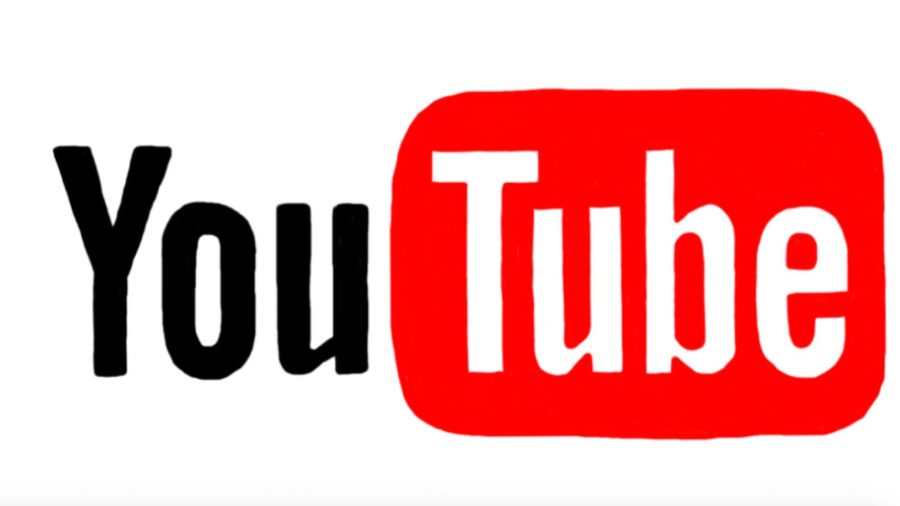12 (School) Days of Christmas: Holiday advertising evolves
December 18, 2017
America is big on consumerism, and the easiest time to see this occurs during the Christmas season when companies are advertising. The way companies are doing this, though, has started to shift away from TV and more toward other forms of media.
A majority of YouTube videos have some kind of ad during a video, sometimes multiple throughout, and if companies pay more, they can make their ads unskippable so that viewers have to watch the ad. YouTube also targets these ads based on previous viewer history and places them where a majority of viewers want a product, like a videogame ad on a gamer channel. Companies have taken advantage of this and have started showing their ads just as much on YouTube as they do on TV.
YouTube’s culture also allows for cheap advertisement without paying for ads through the form of sponsorship, as companies give famous YouTubers their products for free if they review the products for their followers. While YouTubers need to say if something is sponsored or not, they can also review stuff they bought themselves and that is free advertising. This sponsorship commonly occurs around the holidays, with beauty gurus reviewing makeup and the unboxing channels reviewing kids’ toys, which led to the rise in popularity of L.O.L. Surprise! Big Surprise this year.
Similar situations occur on the big social media apps. Snapchat plays ads in between stories, and displays links to Snapchat stories created by newspapers and magazines. Instagram and Twitter place ads throughout a person’s feed as the user scrolls. All apps allow companies to create profiles that update daily in most cases and show off new products. As the holidays get closer, companies take more advantage of these resources to promote gift sets and new products.
Not surprisingly, emails are also being used more to lure consumers to sites and stores. While companies mail or handout sale packets for weekly or big events, email allows for advertising short sales and coupons for those who belong to rewards programs. During the holiday season, emails increase and can be credited with contributing to the growth of online holiday shopping.
Overall, the future of holiday advertising will go online, but TV and print ads will still exist for a while longer because those are the only forms that reach certain age demographics.




